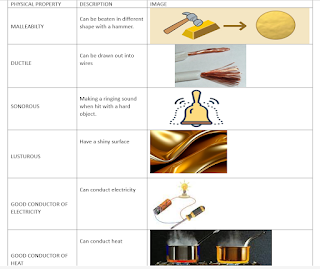MICROORGANISMS AND DECAY
INVESTIGATE HOW TEMPERATURE AFFECTS THE RATE OF DECAY A group of students conducted an experiment to study how temperature affects the decay of organic material. They used slices of bread as the organic material and placed them in sealed containers at four different temperatures: 4°C (refrigerator temperature) 25°C (room temperature) 37°C (human body temperature) 50°C (high temperature) The scientists observed the bread slices over 10 days and recorded the following data: Temperature (°C) Day 2 Day 4 Day 6 Day 8 Day 10 4°C No decay Slight discoloration Moderate discoloration Visible mould spots Significant mould growth 25°C Slight discoloration Moderate discoloration Visible mould spots Significant mould growth Complete decay 37°C Moderate discoloration ...




